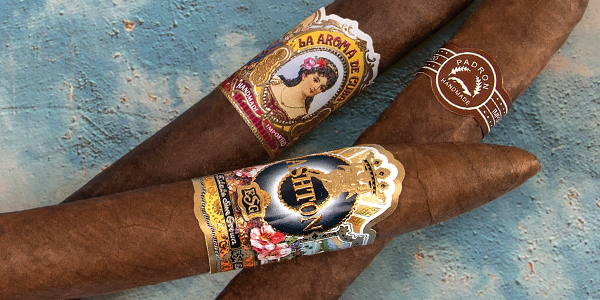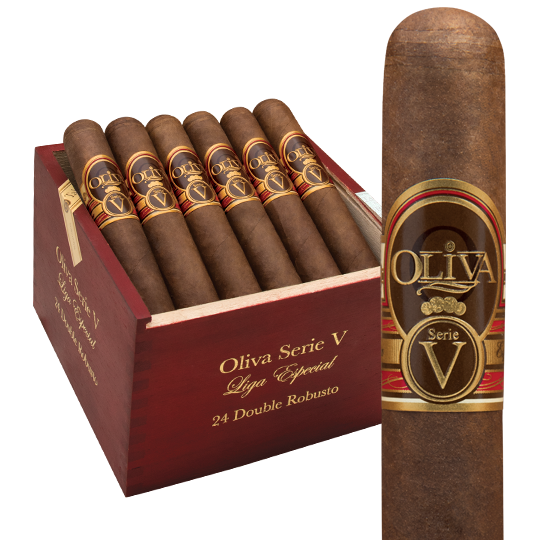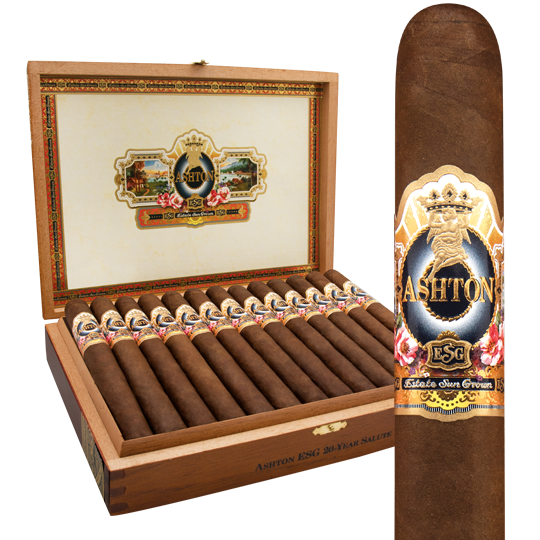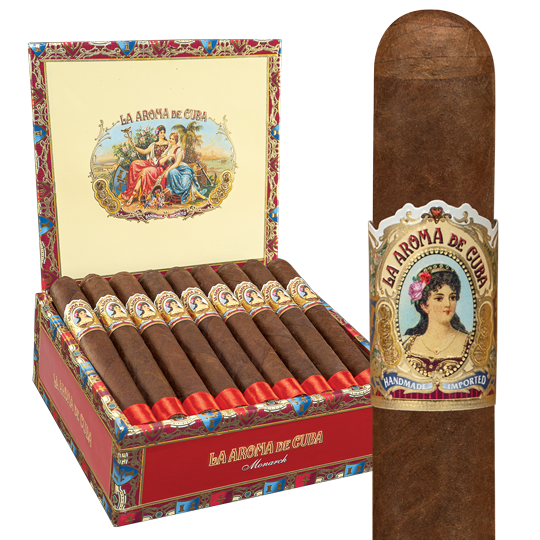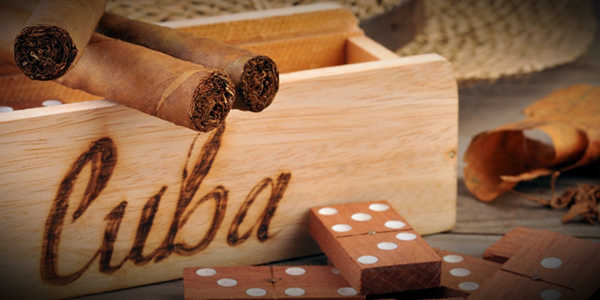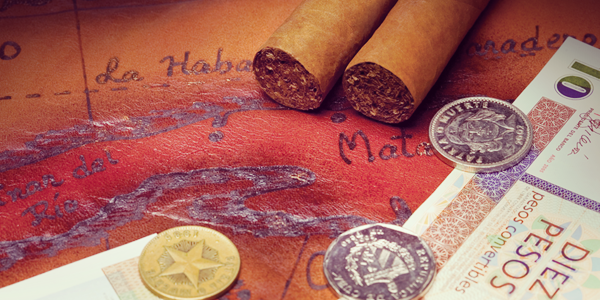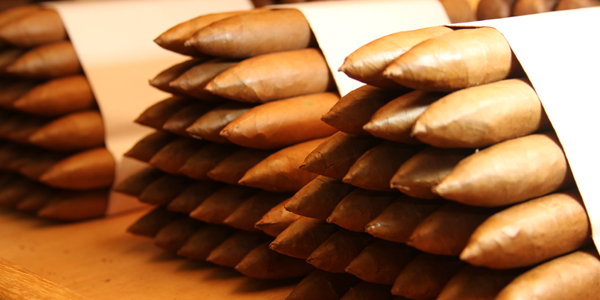Best Cuban Cigar Alternatives
I just returned from a vacation in Mexico. There, a friend who visits Cuba at least three times a year on cigar business and I discussed which Cuban cigars were smoking well at the time. He had his favorites. We agreed on some. We smoked a few of them. After a few beverages, I said something to provoke a response.
“Cuban cigars aren’t even worth buying anymore?” I smiled as I said it.
“I disagree,” said my friend. “When they’re made right, they’re very good.”
“Okay, let me amend my remarks,” I said. “If you don’t want to risk $30-plus dollars, don’t buy Cuban cigars.”
He reluctantly agreed. He had smoked – or begun smoking – too many Cuban cigars in his life that were plugged or burned very unevenly or went out every few minutes.
Now, while I enjoy some of Cuba’s better-made cigars, I just can’t be sure that one or more in a box isn’t going to be sub-standard in some significant way. In truth, I smoke far fewer Cuban cigars than those made mainly in Nicaragua and the Dominican Republic.
The Legend, the Myth
You still hear people say, “Cuban cigars are the best in the world.” That sentiment is particularly common among those who are less knowledgeable about the cigar scene today. Outside the United States, many countries sell mostly Cuban cigars. With more relaxed rules about bringing Cuban cigars back to the U.S., we in this country have the advantage of being able to compare our experiences with non-Cuban cigars. For many years, Cubans were the best because they were the only kind. Cuban tobacco made its way into cigars manufactured in the U.S., in cities like Tampa where the A. Fuente Company would roll cigars. The Castro revolution and the U.S. embargo against Cuba changed all that, with Cuban cigar-makers fleeing the island and forcing “free world” cigar-makers to seek new sources of tobacco. That’s how Nicaragua, the Dominican Republic, Honduras, Mexico and now Ecuador and Brazil became reliable producers of tobacco for every part of the cigar. And, outside of Cuba, Cuban cigars were radically more expensive than non-Cuban cigars of equal or greater quality.
Construction & Consistency
It’s always important to state that the quality of a cigar can objectively be measured using two criteria: construction and consistency. Flavor is too subjective a consideration to be included. So, when it comes to objective measures, non-Cuban cigars are far superior to Cubans. They rarely are plugged, they will burn evenly if you light them correctly, and each cigar in a box resembles the other. The variance in wrapper color alone in some boxes of Cuban cigars is mind-boggling, though it’s gotten better.
All right, we’ve got all that out of the way. Now for five head-to-head comparisons that will leave us with excellent alternatives to Cuban cigars, some of which you probably will have trouble getting in the first place. Oh, one more thing, Cuban cigars are not, in general, particularly strong. There are exceptions, but most are blended to provide a smooth and balanced flavor. So, I’m going to try to follow suit here and recommend accordingly.
Cuban Cigars & Non-Cuban Alternatives
For the Cuban cigar prices, we’re going to use London prices. You can probably find some of the Cubans in other countries for less, but London’s tobacconists always seem to have the best selection.
The Cohiba Lancero or the Oliva Lancero
In Mexico, I smoked the Cuban Cohiba Lancero, a Panetela at 7.5 x 38 (and a whopping $47!). It had been in a humidor for more than nine months and had rounded out nicely. The draw was good, but this is a thin cigar and there have been issues with tight draws. That was the case when my friend had acquired the cigars. The Cohiba Lancero has received a 91-point rating from Cigar Aficionado for the 2017 production. This is a medium-strength cigar, smack in the middle of the Cuban flavor wheelhouse. For a thin cigar, it’s got a bit of complexity in delivering some nuttiness, caramel, and a bit of graham cracker. The finish is very nutty.
My alternative for this Cuban cigar is the Oliva Serie V Lancero, 7 x 38 (at a remarkably un-whopping $8!), a Nicaraguan blend tucked under an Ecuador Habano wrapper. This cigar is a bit more intense than the Cuban Lancero, but it is supremely well balanced and smooth. Thinner cigars often provide a consistent dense smoke that can seem a bit stronger than it should be. I like to smoke them slowly, deliberately, letting the burn stay calm. The Oliva Lancero is earthy and, as you assimilate to the flavor, becomes nutty, with warm spices and good notes of chocolate. This cigar was named by Cigar Aficionado as one of the ‘Top 10 Cigars of 2019,’ so it might become a little difficult to find soon. Get some now!
Montecristo No. 2 or the Ashton Estate Sun Grown (ESG) 22-Year Salute
I know, I’m going to make some of you angry with this one. The Montecristo No. 2, a solidly medium-strength Torpedo, 6.125 x 52 (about $35) is about as iconic a Cuban cigar as exists. Still, while it usually ranks high in tastings, they have lately exhibited some tightness in the draw, maybe because there is so much tobacco in this cigar and Figurado shapes are among the most difficult to roll well. If you get one that’s right, you’re going to taste very nice notes of walnut, chocolate, and leather with a consistent baseline of earthiness. To be fair, this is one of my favorite Cuban cigars. Heck, it’s one of everybody’s favorites. Still, I’ve had some extraordinary disappointments with it.
Ashton owner Robert Levin calls the Ashton ESG line the “velvet hammer” because the strength of the cigar sneaks up on you. Hmm. Maybe, but once you start smoking the Ashton Estate Sun Grown 22-Year Salute, a Torpedo, 6 x 52 (about $20), you’ll adapt quickly to the lush and balanced, medium-full flavors. The creaminess of the ESG tempers any potential excesses you might experience without hiding the leather and earth notes. The finish is distinctly of almonds. The ESG is made by the Fuente family in the Dominican Republic and carries a rare, Sun Grown Cuban-seed wrapper leaf that is grown at Chateau de la Fuente, birthplace of the Fuente Fuente Opus X, which has a shade-grown wrapper. So, there’s that. Truly a special occasion anytime you smoke this cigar.
Punch Double Corona or La Aroma de Cuba Double Corona
I know, I know, you, like everyone, want to smoke the Cuban Hoyo de Monterrey Double Corona. Wasn’t that Michael Jordan’s favorite? Sure, but try to find it. The Hoyo is always one of the most popular Cuban cigars, but I would recommend the Punch Double Corona, 7.625 x 49 (about $41). First, the Punch is a medium-full cigar with flavors of nuts, coffee and cedar. This cigar builds a bit in power as you smoke it, but is ultimately a very elegant, balanced smoke that finishes with a bit of chocolate. It also lasts quite a while!
The Nicaraguan La Aroma de Cuba Double Corona, 7.5 x 54 (about $7) is a bit fatter than the Cuban Punch, and is wrapped in a Connecticut Broadleaf. It’s a medium-full cigar that brings some sweetness to the experience with notes of vanilla, marshmallow and caramel. The La Aroma de Cuba is a rich and nutty cigar from beginning to end with a sweet and earthy finish. And it’s readily available from your favorite online retailer!
San Cristobal de la Habana La Fuerza or San Cristobal Quintessence Corona Gorda
I wanted to take the opportunity to make a legacy Cuban cigar comparison. The San Cristobal de la Habana La Fuerza, is a medium-power Toro, 5.5 x 50 (about $32) that is among the more surprisingly complex Cuban cigars I’ve smoked recently. Not a powerhouse and not a principal Cuban brand, but flavorful with a little bit of almond playing off some candied orange moving into spice and leather. The wrapper should be a nice tan color and can sometimes be a little veiny, but the cigar smokes evenly if the draw isn’t too tight. (Am I mentioning that too often? Well, there’s a reason.)
The slightly fuller-bodied non-Cuban alternative here is the San Cristobal Quintessence Corona Gorda, 5.625 x 46 (about $8). This cigar is Nicaraguan, made by the Garcia family, and rated 95 points with a ‘#3 Cigar of the Year’ ranking from Cigar Aficionado for 2021. The wrapper is Ecuador Habano, one of Pepin Garcia’s favorites to contain all-Nicaraguan filler. The Corona Gorda is a newer, slightly slimmer shape. The experience is one of extraordinary balance with all the components of flavor you expect from more powerful blends. The leather and spice yield to some sweetness and chocolate. The construction is about as good as it gets.
Partagas Serie D No. 4 or Padron 2000
This list cries out for a Robusto option. Now, stay with me here. The Partagás Serie D No. 4, 4.875 x 50 (about $28), is another Cuban classic. I’ve never had a lot of problems with this cigar’s construction, though there have been some pretty veiny wrappers from time to time. The wrapper should be a reddish-brown color. This a slightly stronger Cuban cigar, medium-full, with a lot of bold notes of coffee, nuts and wood. Just a really elegant cigar at its best.
A hugely underappreciated cigar that is a great non-Cuban alternative to the D-4 is the Padrón 2000, 5 x 50 (about $6), from the original Padrón line. Padrón has made so many great cigars in the super-premium category that many forget that the original line is among the best, and best bargains available. This Nicaraguan cigar boasts some of the best construction and consistency in the industry. The tobacco is well aged. The cigar has a rich, earthy backbone and a good amount of complexity with cedar, nuts, leather, and cocoa coming through in abundance. A bonus is that this cigar comes in Natural or Maduro wrappers.
Try your own alternatives after you’ve smoked a Cuban. If I don’t miss my guess, you’re going to like them a lot. You’re especially going to appreciate how much more cash you have in your wallet.

